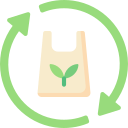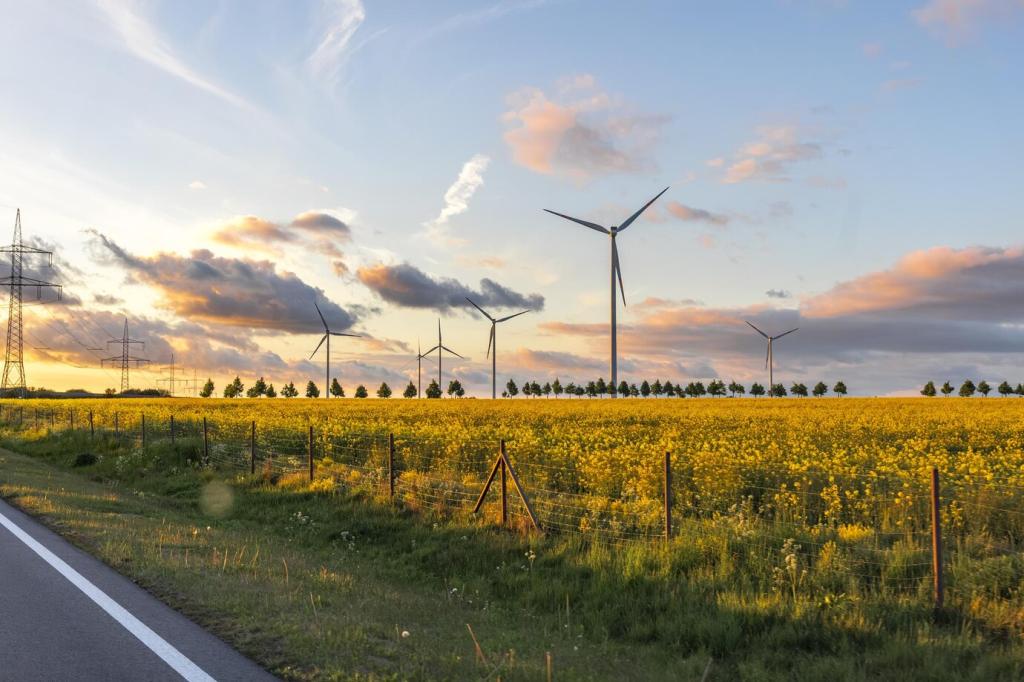Biotech and Material Science Frontiers
Targeted enzymes can break polyester into core building blocks at moderate temperatures. Rebuilt into new PET, the result behaves like virgin while avoiding fossil feedstocks. It is a powerful lever for circularity in sportswear and everyday essentials.
Biotech and Material Science Frontiers
From cotton offcuts to dissolved pulp and regenerated fibers, cellulose recycling is maturing. The latest processes reduce solvent use and water footprint, while maintaining softness and strength that designers expect for premium woven and knit applications.







